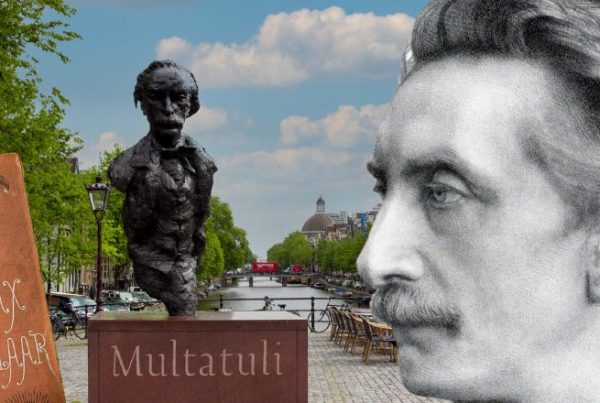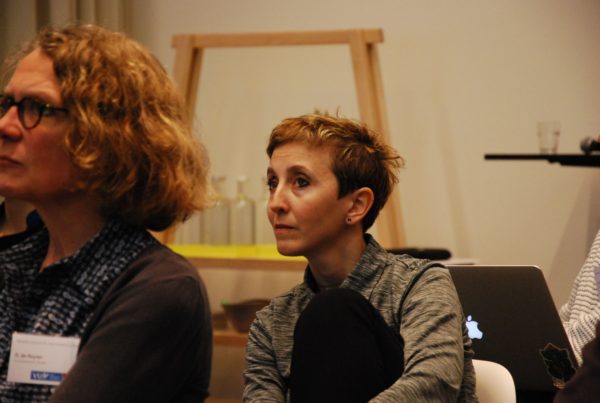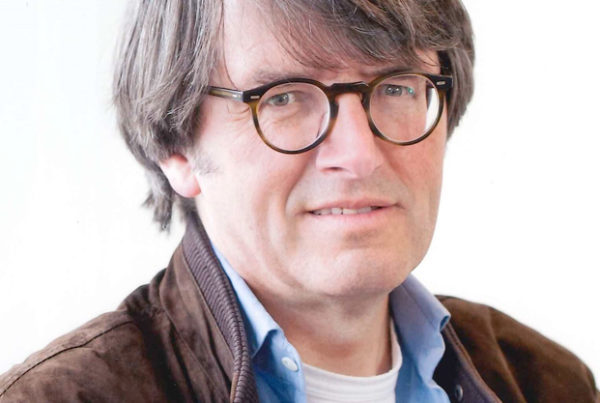Workshop Science and Intentional Action
&
Colloquium by Alfred Mele
June 26, 10.00 – 12.45 uur
Vrije Universiteit Amsterdam
VU main building, room 12A33
Workshop Science and Intentional Action
In recent decades, intentional action has become an important object of study in neuroscience and psychology. Even though experiments such as those conducted by Benjamin Libet do not show that we lack free will or that actions are initiated by the brain, they do raise questions about whether and to what extent neuroscientific and psychological research can contribute to our understanding of intentional action.
Program workshop:
10:00 – 10:15 Gerrit Glas – Welcome and introduction
10:15 – 11:00 Lieke Asma – Reporting Intentions
Coffee break
11:15 – 12:00 Alfred Mele – On Snubbing Proximal Intentions
12:00 – 12:45 Annemarie Kalis – Intentions as Real Patterns
Lunch
Registration workshop:
Participation is free, please register for the workshop (and optional lunch) by sending an email to Lieke Asma: l.j.f.asma@vu.nl.
The workshop is supported by Research Institute CLUE+ and the Department of Philosophy.
Colloquium Free Will and Luck: Compatibilism vs. Incompatibilism
In Free Will and Luck (2006), I presented what I called “the problem of present luck” for libertarians about free will (people who contend that free will exists and is incompatible with determinism). Since then, some philosophers have argued that compatibilists about free will are faced with a very similar problem, and I have argued that the allegedly very similar problems are in fact very different. But now there is a novel compatibilist view that does seem to face a problem very similar to the problem of present luck (List 2014). In this talk, I present an abbreviated version of the problem of present luck, explain why some allegedly very similar problems for compatibilists are actually very different, explain that List’s novel compatibilist view does face a very similar problem, and argue that his view demands more for free action than a compatibilist should demand.
Alfred R. Mele is the William H. and Lucyle T. Werkmeister Professor of Philosophy at Florida State University. He is the author of eleven books and over 200 articles and an editor of six books. He is past director of two multi-million dollar, interdisciplinary projects: the Big Questions in Free Will project (2010-13) and the Philosophy and Science of Self-Control project (2014-17).
The colloquium is supported by Research Institute CLUE+, the Department of Philosophy, and Study Association Icarus.
Program colloquium:
15:30 – Opening by Leon de Bruin
15:35 – 16:15 Alfred Mele
16:15 – 16:30 Response by René van Woudenberg
16:30 – 17:00 Q&A, followed by drinks
Registration colloquium:
Participation is free, please register by sending an email to Lieke Asma: l.j.f.asma@vu.nl.
Lieke Asma – Reporting Intentions
In some Libet-style experiments, subjects are asked to report when they first became aware of their intention to make a movement. The goal of the experiment was to find out how brain activity, this conscious intention, and the bodily movement are related. In this paper I aim to address one assumption underlying this experimental design, which is that the subjects in these experiments do have this specific intention to flex their wrist to become conscious of. I argue, on the basis of Papineau’s (2015) understanding of basic action, that it is not at all clear that this is the case, since agents might only have an intention at a higher level of description and each individual flexing of the wrist may not be caused by a specific intention to do so. Because of this, scientists studying intentional action should be careful in assuming that the subjects perform a certain basic action and that they have a certain intention while doing so. I end the paper by proposing ways in which to improve the scientific study of intentional action.
Download the presentation here.
Alfred Mele – On Snubbing Proximal Intentions
In Springs of Action (1992), I distinguished among proximal, distal, and mixed intentions. Recently, some philosophers have argued that proximal intentions do much less work than I regard them as doing. In this talk, I rebut these arguments, explain why the concept of proximal intentions is important for some scientific work on intentional action, and sketch an empirical approach to identifying proximal intentions.
Download the presentation here.
Annemarie Kalis – Intentions as real patterns
In their paper ‘Why we may not find intentions in the brain’, Uithol, Burnston & Haselager (2014) convincingly argue that “the processes underlying action initiation and control are considerably more dynamic and context sensitive than the concept of intention can allow for.” Their paper could be seen as a critical note to the widespread tendency to search for identifiable neurocorrelates of cognitive concepts. Their more specific suggestion is that their findings undermine the folk psychological notion of intention. In this talk I will try to take their argument a step further. First of all, I will show that the folk psychological concept of intention discussed by Uithol et al is actually a technical concept that has its home in the causal theory of action (Davidson, 1978), a concept which has been adopted by traditional functionalist approaches to cognition. Against this interpretation, I will argue that there are reasons to think that the ‘really folk psychological’ concept of intention does not refer to context-independent discrete mental states causing our actions, but that we ascribe intentions in order to regulate our social behaviour (Knobe 2003, 2006, McGeer 2007). However, such a ‘pragmatic’ social approach to folk psychology raises the question how to think about neural realization: is intention talk ‘just’ talk, or do intentions really exist? I will propose that intention talk should be understood as a form of pattern recognition (Wittgenstein, 1963, Dennett, 1991), and that the patterns involved are extended in both space and time, precluding any simple theory of neural realization. The conclusion outlines some important implications for the neuroscientific investigation of intentions.
Download the presentation here.




